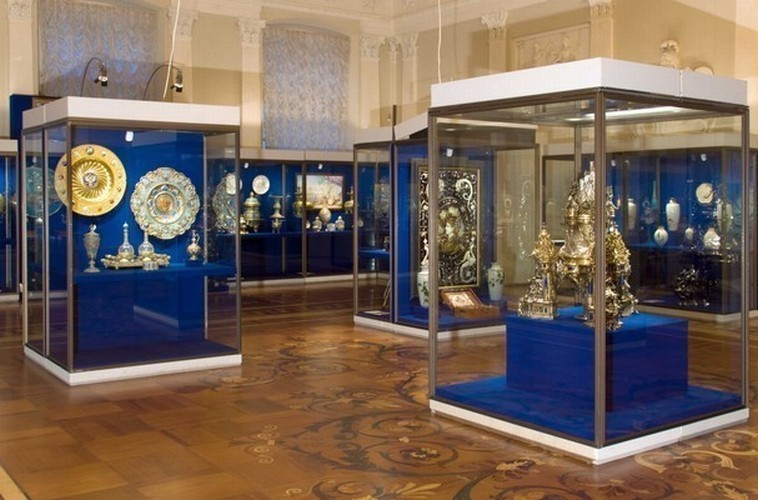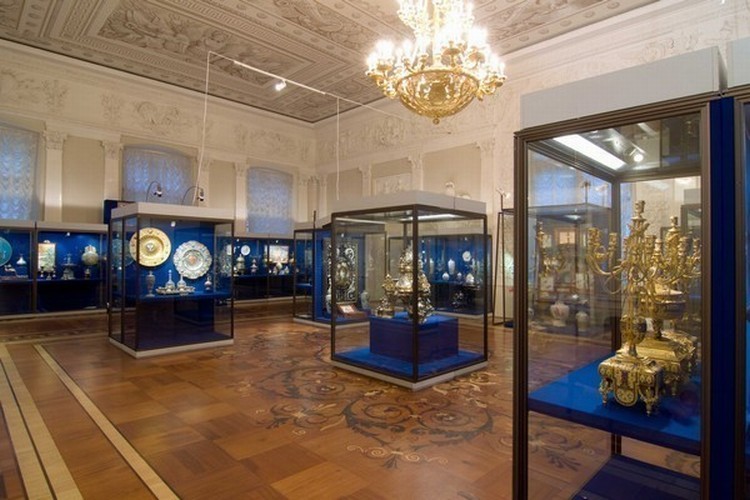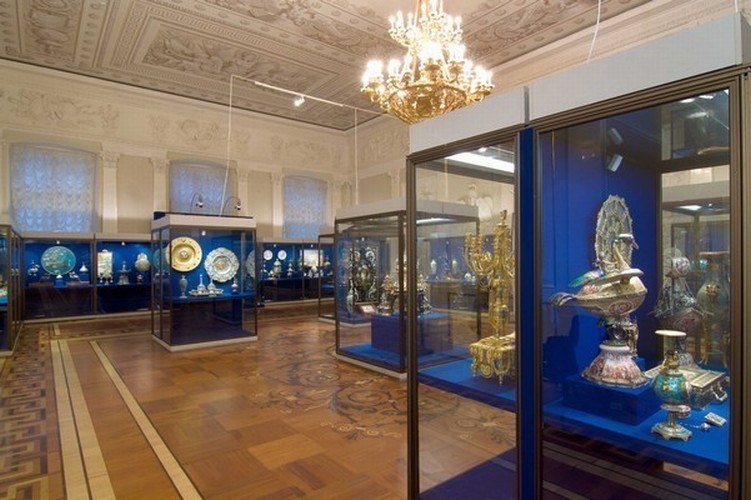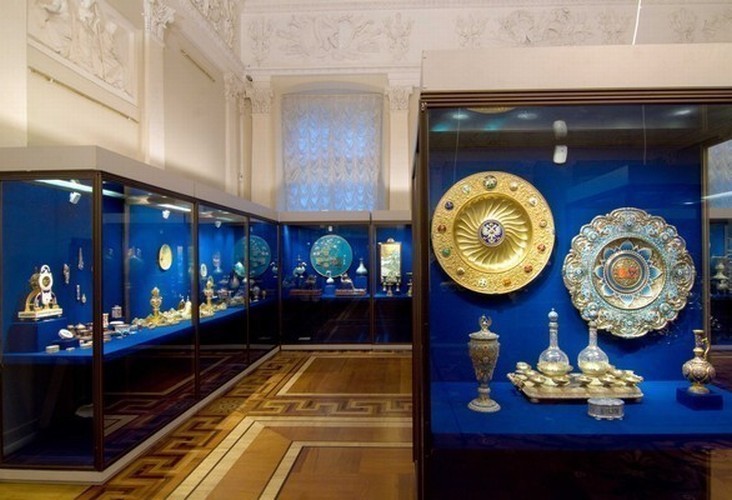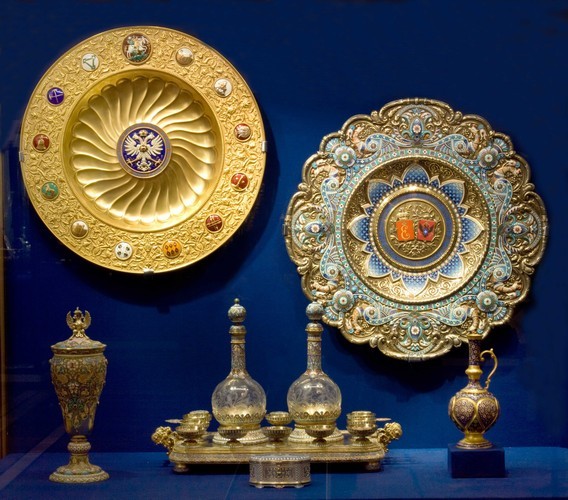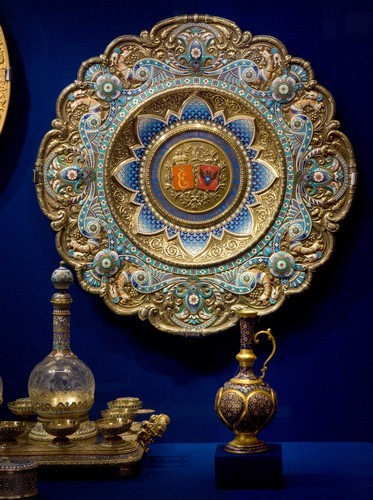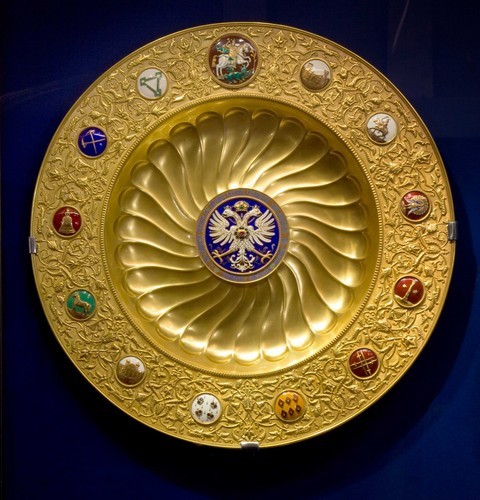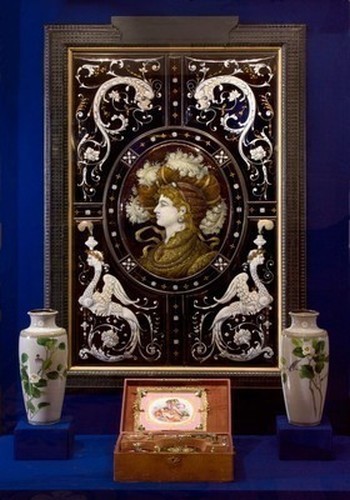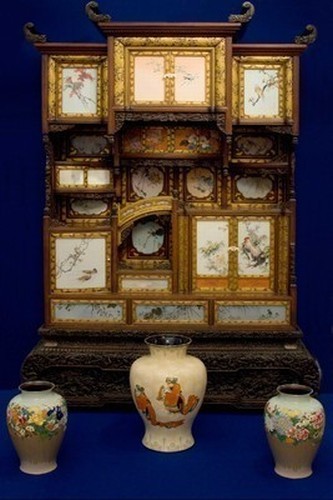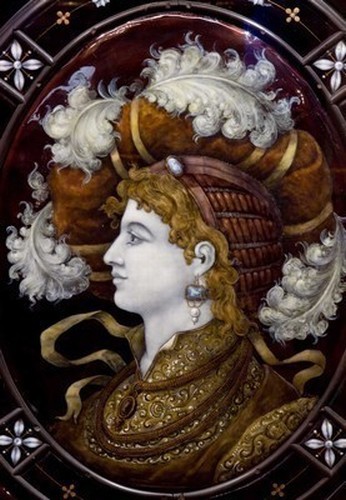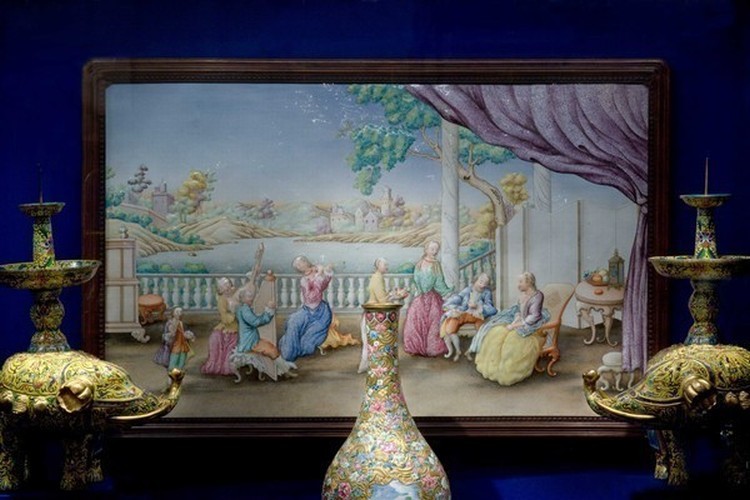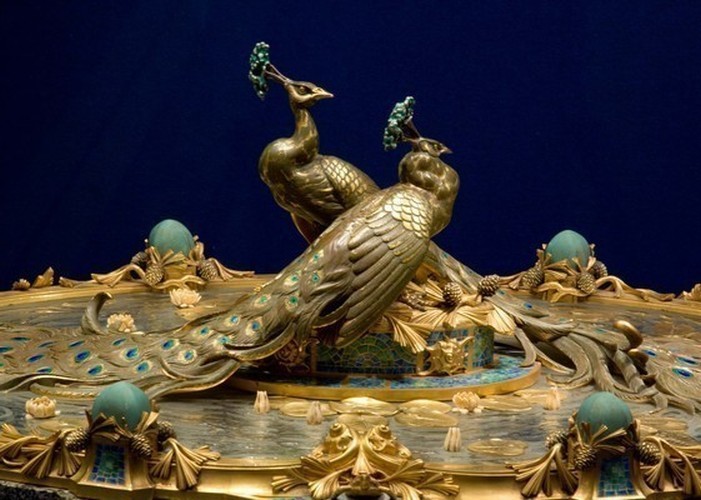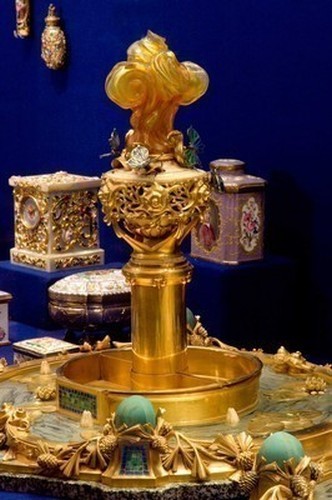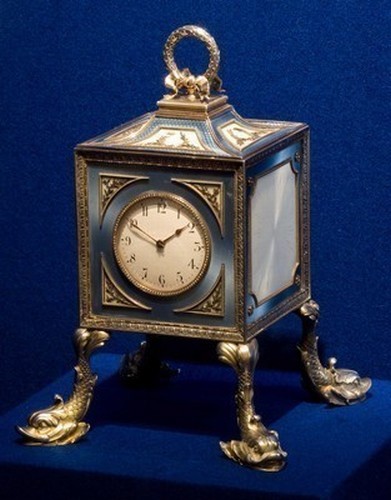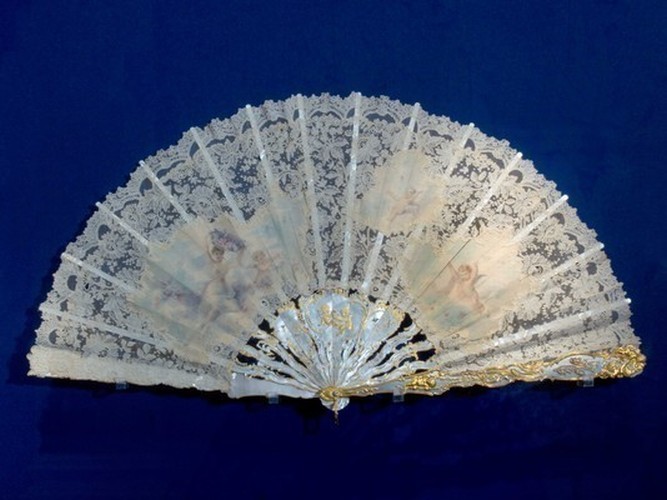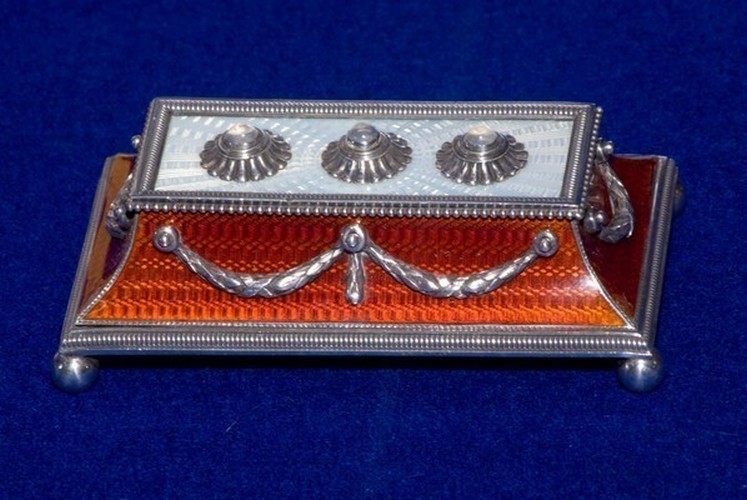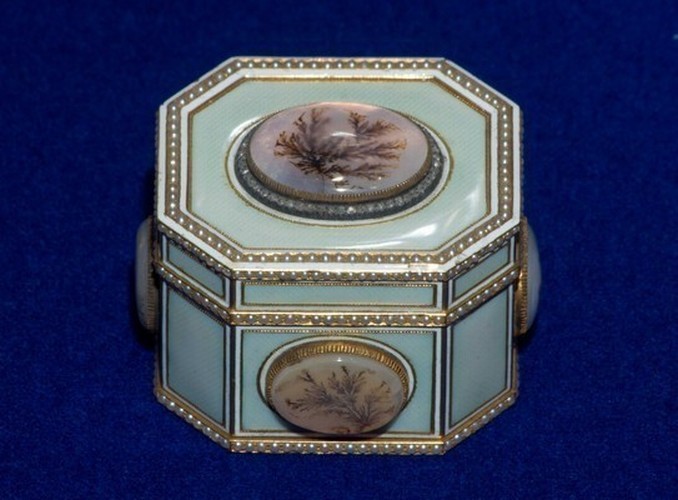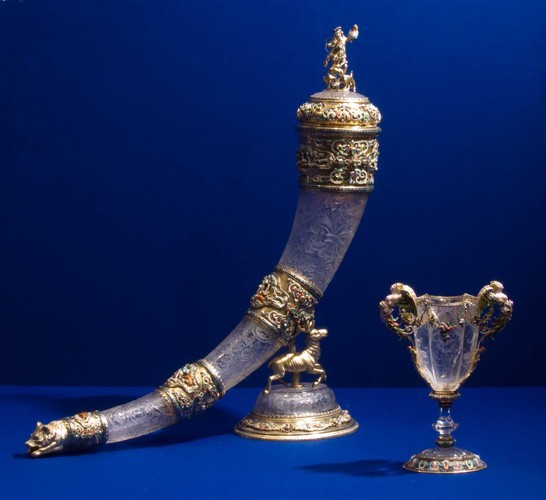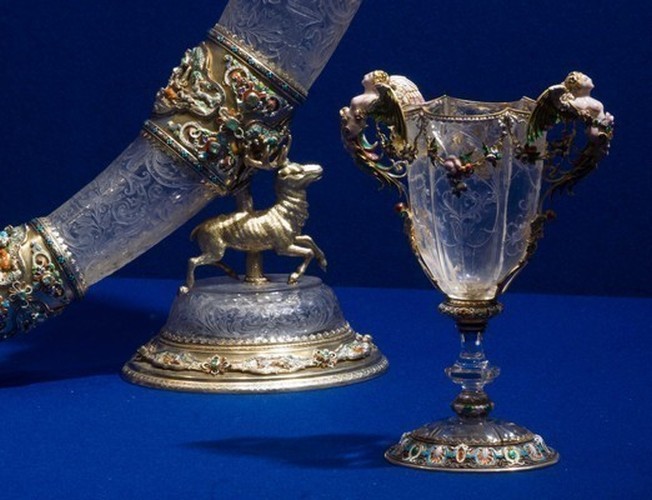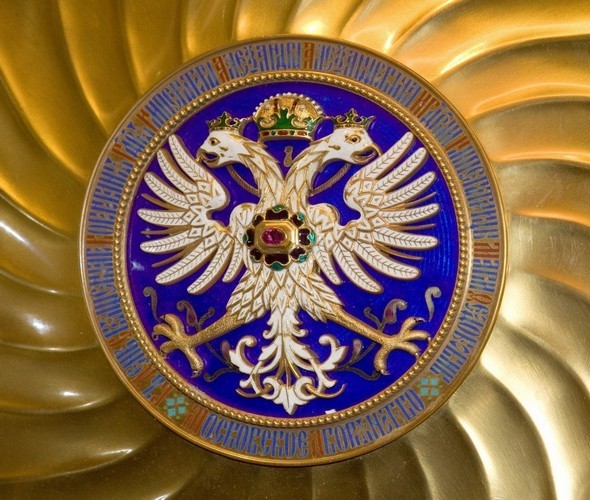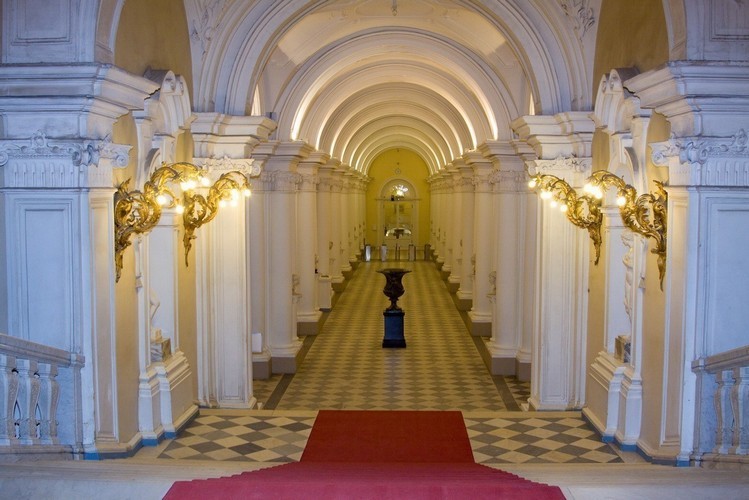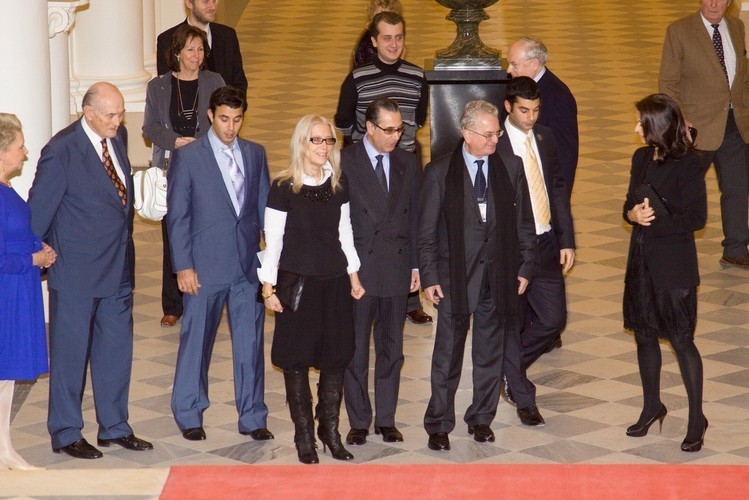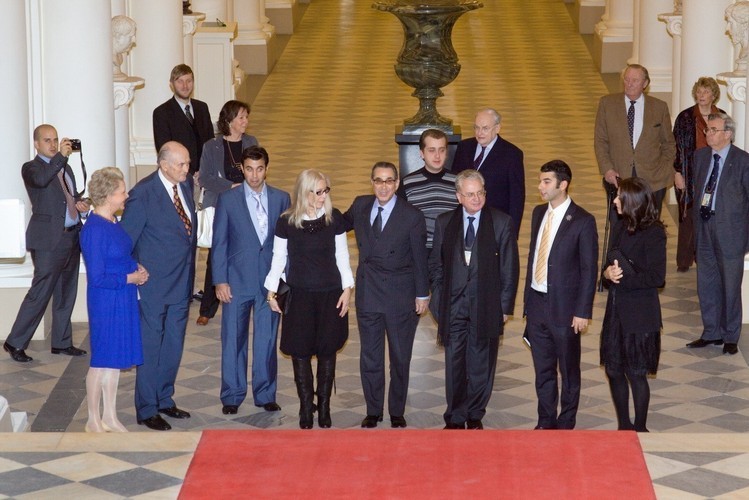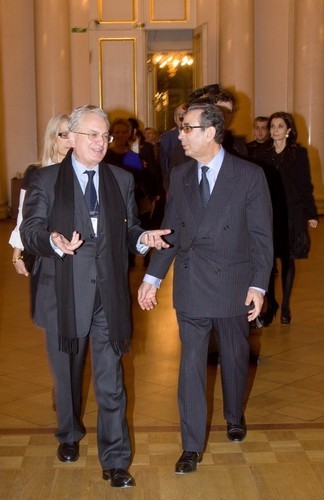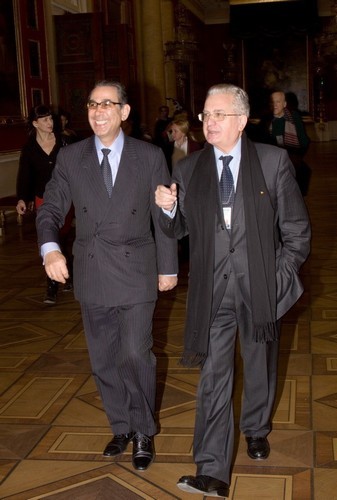


Enamels of the World 1700-2000 from the Khalili Collections| exhibited at the State Hermitage Museum| St Petersburg| from 8 December 2009 to 14 March 2010
This exhibition was the inaugural presentation of a remarkable new facet of the Khalili Collections| perhaps best known for the unparalleled collections of Islamic and Japanese art. The exhibition featured some 320 pieces selected from some 1|200 works in the enamel collection.
While the history of enamel on metal stretches back more than 3|000 years| Professor Sir Nasser D. Khalili deliberately set out to form a collection that takes the innovative approach of viewing the subject in a global context rather than within the more usual confines of national frontier or individual activity. The overview focuses on enamelwork of the past three hundred years| encompassing objects produced in all the major centres of enamelling| Europe| Russia| America| the Islamic lands| China and Japan. It offers an unparalleled opportunity to survey enamelwork of a specific country in its own context and also as part of a wider history. Here the impact of travel may be seen in the activities of itinerant craftsmen who introduced new techniques and styles to the lands they visited. The richness of the collection also ensures that the work of individual enamellers may be studied in detail.
The exhibition includes glorious examples of enamelling by the most revered masters. The firm of Fabergé is represented by twenty-six works| while the work of Feodor Rückert| a workmaster who regularly supplied Fabergé| is seen in three works dating from different periods of his career. Also represented are the works of the French master Jean-Valentin Morel| René Lalique| Cartier| Jean-Valentin Morel
As a whole the collection magnificently displays the great variety of work produced by enamellers ranging from precious personal accessories such as jewellery to clocks| vases| and even pieces of furniture. Equally remarkable is the variety of techniques used to decorate these pieces including cloisonné| painted and plique à jour enamel.
The impact of patronage is well illustrated by many works in the exhibition. Specific commissions include the small almanac made for the Empress Marie-Louise| second consort of Napoleon I| to commemorate the birth of their son| the King of Rome and the casket made for Elisabeth| Queen of Roumania| which she gave to the French painter Jean Lecomte de Nouÿ. Other works were made to order for royal and imperial households; and to commemorate events such as the spectacular charger by Pavel Ovchinnikov that was presented by the city of Moscow to Emile Loubet| President of the French Republic| during his state visit to Russia in 1902.
Historical revivalism is another major theme covered in the exhibition. The rise of nationalism during the 19th century encouraged artists to study the past in the hope of defining national identity. In northern Europe the Gothic era was thoroughly reviewed while in Russia interest was focused upon the art made before Peter the Great’s policy of westernisation. The scarcity of authentic examples| combined with great demand| soon led to the production of imitations that made good the shortfall. One of the most noted makers of such work was Reinhold Vasters and the exhibition includes three spectacular examples by him. Other masters drew on the past in a more informal and fanciful way as can be seen in the charger by Herman Ratzersdorfer or the timepiece by Vever frères which was exhibited at the Paris Exposition Universelle in 1889.
The importance of the Khalili Collection and the number of wonderful pieces made by Russian craftsmen make its unveiling in one of the world’s greatest museums| the State Hermitage Museum| entirely appropriate and in keeping with Sir David’s wish to share his collections with the world and to promote greater understanding between people of different cultures.
The exhibition was opened by the Director of the State Hermitage Museum Professor Doctor Mikhael Piotrovsky and jointly curated by Marina Lopato and Haydn Williams.
